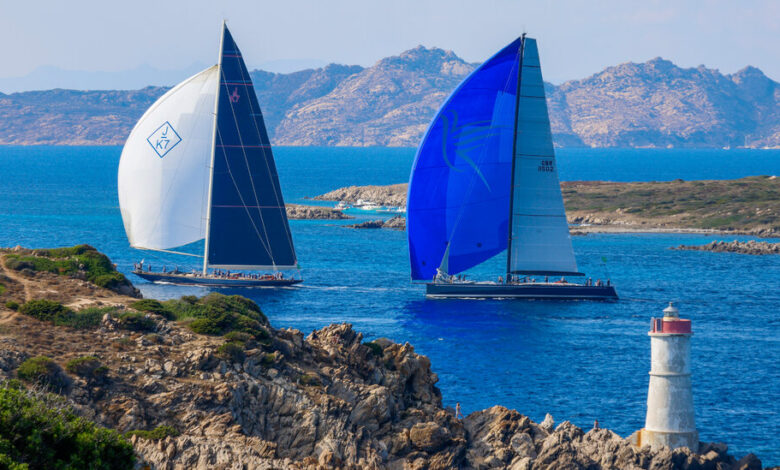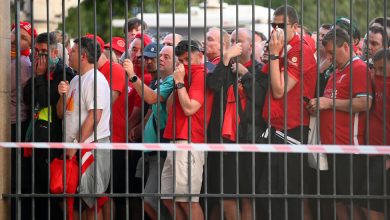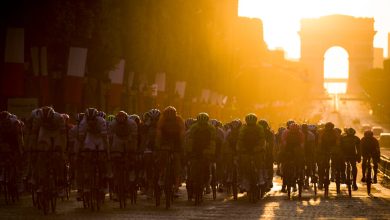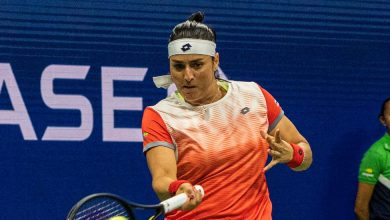The Allure of the Maxi Yacht Rolex Cup

There is no shortage of beautiful sailing regattas. Few offer the same combination of world-class sailors and yachts, outstanding geography and conditions, professional racecourse management and refined yacht club hospitality as the Maxi Yacht Rolex Cup.
Most high-end regattas typically draw boats in the 20-, 30- and 40-foot range, with limited numbers of larger yachts, or the events are organized for a particular design, like for the 23-foot J/70s, in which all competing boats are identical.
Not here. The Maxi cup, which is being hosted by the Yacht Club Costa Smeralda and which begins on Monday in Porto Cervo, Sardinia, is open only to maxi yachts. According to the regatta’s Notice of Race, this means sailboats that measure at least 60 feet, bow to stern. Of the 50 yachts that are competing this year, almost half exceed 80 feet, with the largest entry — the J-Class yacht Svea — measuring 143 feet.
These are fast, expensive and complex sailboats — with an average crew size of 25 sailors — which will race against similar yachts around tactically engaging racecourses. Veterans say the regatta’s dependable weather patterns, convivial atmosphere, and the yacht club’s hospitality and organization make it one of sailing’s greatest events.
Pier Luigi Loro Piana, the owner of My Song, a Club Swan 80, described the Maxi cup as the most professional and well-organized regatta on the Mediterranean Sea.
“We do a week of really beautiful and good sailing,” Piana said, referring to the regatta. “You can be 100 percent satisfied if you have good weather, good wind, good people, good food. During the race, after the race, there’s always something nice to enjoy.”
Andrea Recordati, the owner of Bullitt, a Wally 93, said it was the most prestigious race on the Mediterranean circuit.
He said that other maxi-class regattas might draw, on average, six or seven yachts that are his competitive peers. “Here you could have 15, if not even 20,” Recordati said.
While their designs differ, each yacht in the Maxi cup has a handicap rating (think of golf) that allows vessels of different lengths, widths and weights to race competitively. The yachts “are relatively similar,” Piana said, “so we can make a very nice regatta.”
And with a bigger fleet size comes a higher level of competition.
“It’s the big dance,” said Peter Holmberg, an Olympic silver medalist and the helmsman of Topaz, a J-Class yacht. “Everybody goes to it, and so it will give us the greatest competition of all the events we’ll do in the Med over the year. If you’re going to put one on your list, it’s usually [the] Maxi Yacht Rolex Cup. And is that the draw? Of course it is.”
Then there are the racecourses.
The regatta offers two styles of racing. The windward-leeward courses are set in open water and use movable buoys that are set parallel with the wind to test each team’s ability to sail upwind, or into the wind, and downwind, or with the wind.
The longer coastal races instead employ the area’s natural geographical features, including the nearby Maddalena archipelago, to create courses that require teams to sail fast at a variety of wind angles.
“Coastal racing is more interesting,” Holmberg said. “It’s more diverse, complex, challenging.”
These challenges include the art of predicting what the still-unseen wind will be doing around the islands, anticipating how this will affect tactics and ensuring that the yacht is flying the right sails.
“Windward-leeward is a sprint, and coastal is a marathon of many sprints,” he said.
While he enjoys both styles of racing, and was clear that both have their place at the regatta, Holmberg said that if he had to choose one, it would be the coastal courses: “It gives us the extreme range, and it tests you on all aspects.”
Paul Westlake, a 10-time world champion sailor and the trim coordinator on Svea, said racing a “coastal course is a pretty stressful time for navigators.”
“It makes the racecourse much more open for the tacticians and strategists,” he said, adding that there are numerous places where yachts can hit the bottom. “Everyone is trying to cut the corners and push as hard as they can.”
Recordati said the regatta attracted some of the best sailors in the world. He said that the loads — or forces — generated by the maxi yachts demanded expertise. “They are pretty high-tech pieces of machinery, which — if they break or are not run properly — can not only be economically damaging, but it can be very dangerous for the crew.”
Anthony Kotoun, a five-time world champion sailor and the strategist aboard Galateia, a Wally Cento, described the regatta as the Masters for maxi yachts.
“It is called the Maxi yacht cup, but in the lingo, it’s called just the Maxi Worlds,” he said, adding that it’s the unofficial world championship of the big boats. “You save sails for it, you get new sails for it, you bring in the top crew — that’s the one you aim for.”
One important difference between the Maxi Yacht Rolex Cup and other world-championship regattas is that this event always takes place off Porto Cervo in early September, while the others typically rotate among clubs, continents and calendar dates.
The regatta’s consistent scheduling and location also make it an important social gathering. “It is a bit of a homecoming event,” Westlake said.
While the yachts, the sailors and the racecourses are a significant draw, so too, say veterans, is the Yacht Club Costa Smeralda.
“The whole show is a level beyond any other event you go to,” Holmberg said. “Y.C.C.S. — they set the mark. They are the standard, the highest that I’ve seen around the world” because of its extraordinary amenities and the professionals it brings in to help run the regatta.
Edoardo Recchi, the club’s secretary general and sports director, called the regatta the club’s signature event. While Recchi was clear that the regatta’s conditions, courses and competition level are its most important attributes, he noted that having a “high level of services and a lot of details is pretty attractive to all the owners,” about 90 percent of whom return each year.
In addition to the racing, the yacht club organizes post-sailing and evening social events. This includes Saturday’s ceremony, where the winners of each class receive Rolex watches.
“Every single owner that enters the [regatta], for sure, is dreaming of being handed a Rolex,” Westlake said. “You never see a bigger smile on an owner’s face [than] when he stands on the podium holding onto that Rolex.”
While there are easier ways of acquiring a Rolex than winning the regatta, none involve seeing one’s name topping the leaderboard outside the yacht club.
“For me, the Maxi is the race to win, full stop,” Recordati said, who has never won a watch, but missed winning his class at the 2011 event by just two points. Of the coastal inshore races, he said, it’s “the one that everybody wants to win.”





